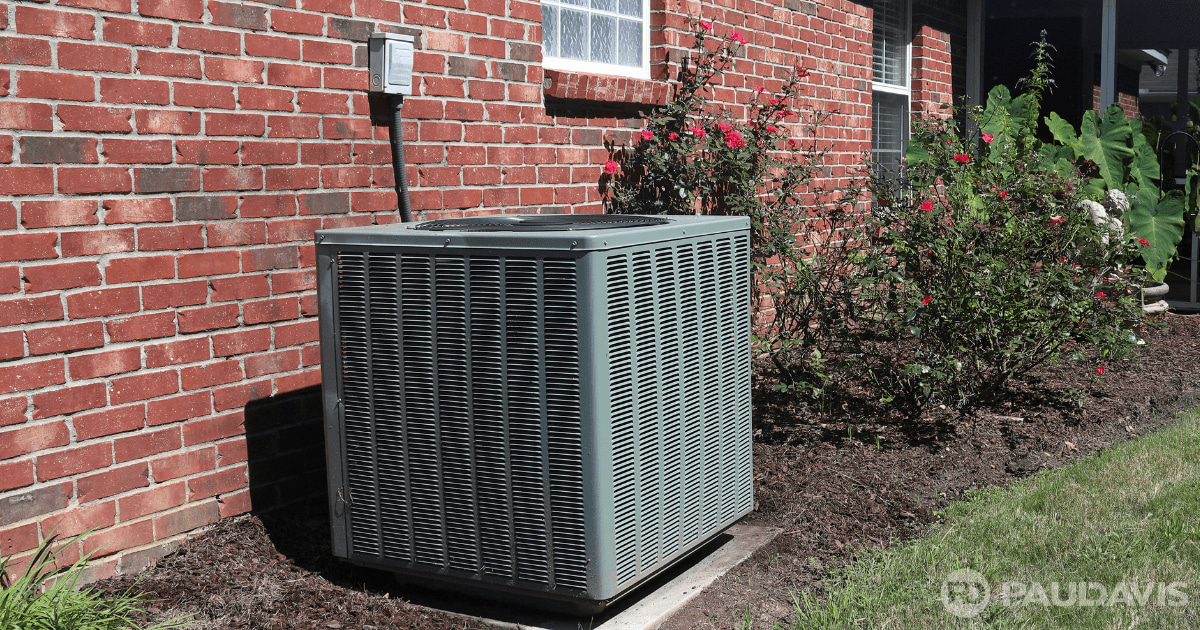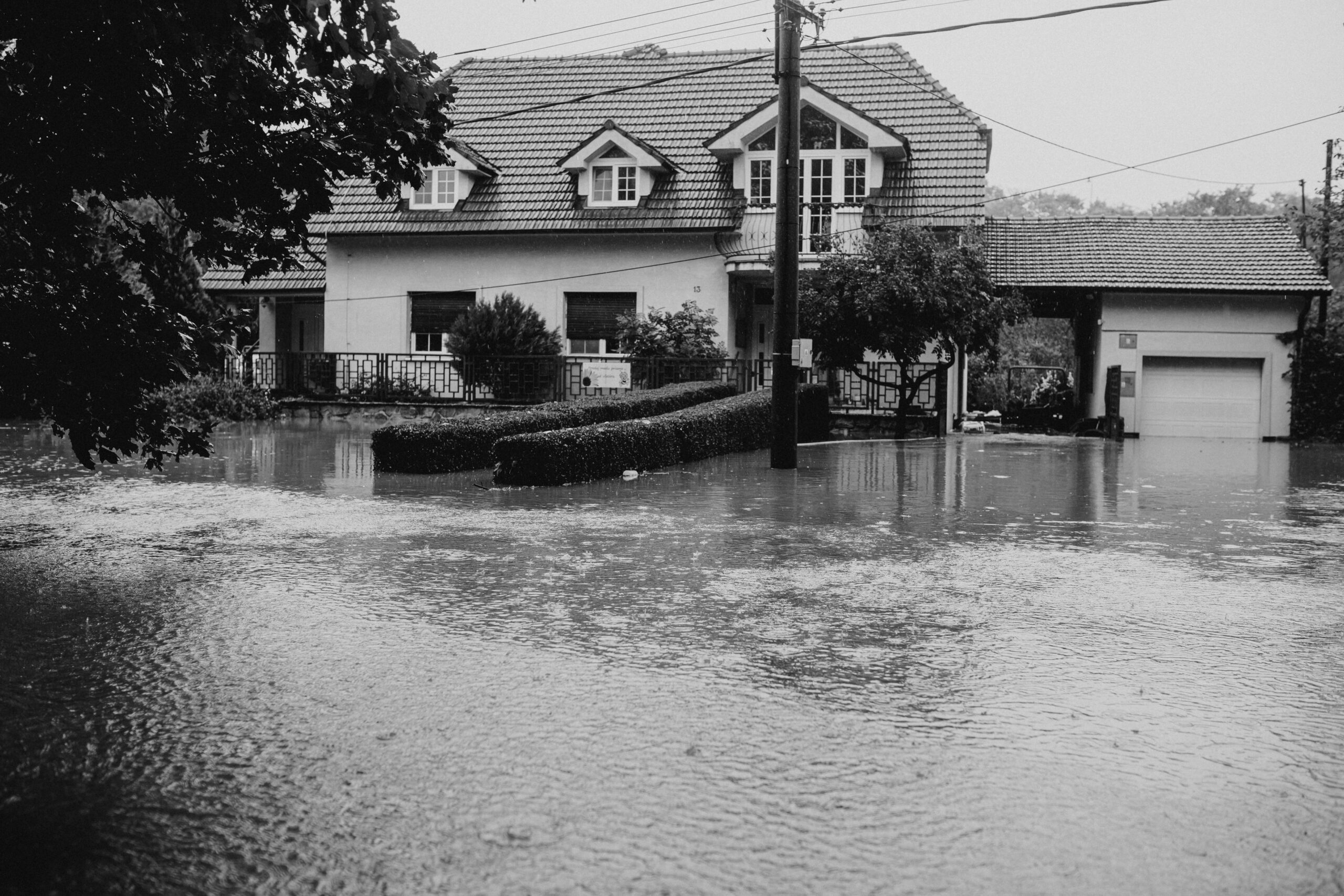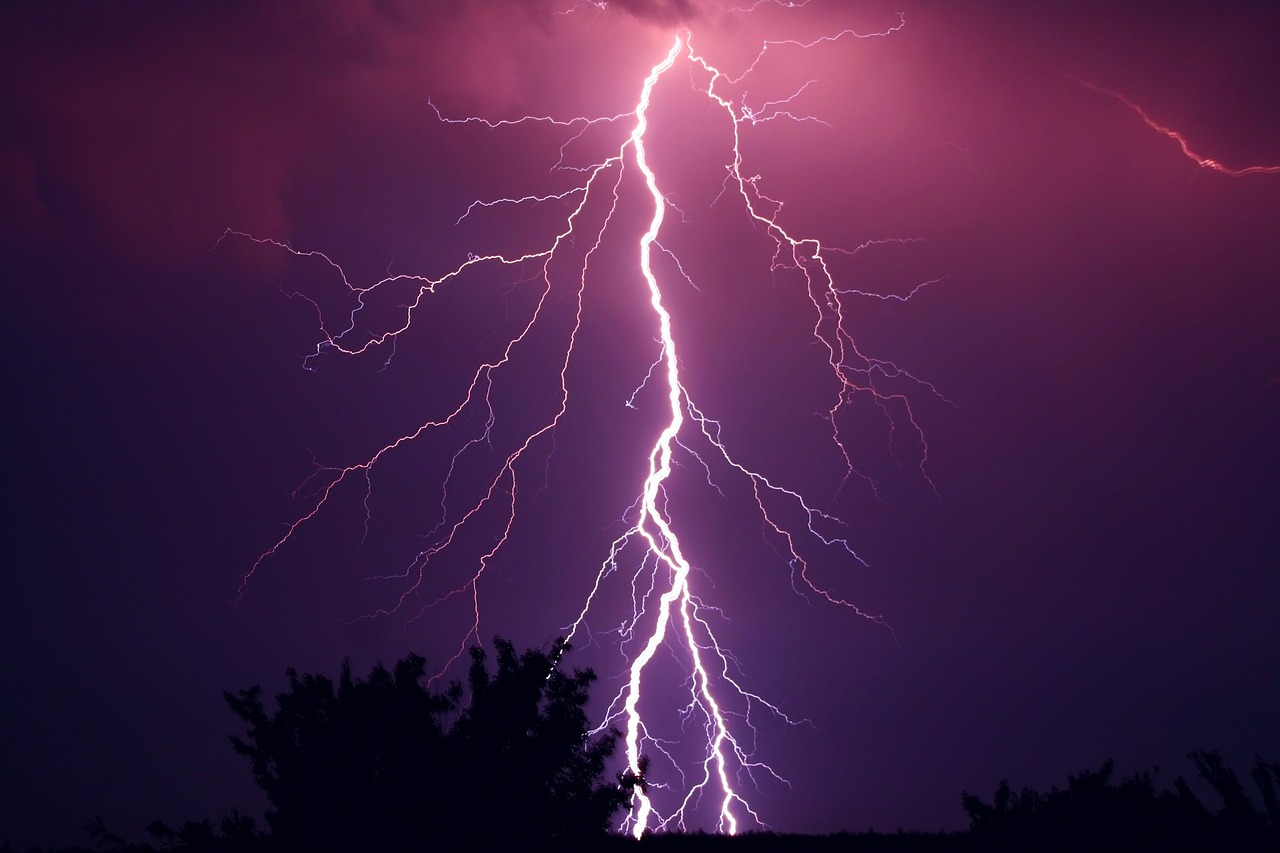
Classic snowbirds, the Andersons summer in northern climes and winter in the balmy south. But they spent this past winter rehabbing their sunny abode instead of relaxing and recharging. “The Andersons discovered an all-too-common rude surprise that many snowbirds experience: mold growth invaded the home during their long absence,” explains Darren Impson, President of Paul Davis Restoration of Tampa, Florida. “They inadvertently provided perfect conditions for mold spores to proliferate: warm, still, damp, and dim.”
Impson and his crew have fielded many common questions about how to prevent this indoor disaster. Five key steps – anchored by your air conditioning system – help squelch the unpleasant moldy greeting when you migrate south this fall. Follow the steps in order for best results:
- Inspect/maintain/replace HVAC system. HVAC works hard in warmer climates. These systems run continuously and last just seven to 12 years in southern coastal areas. Before you plan to head north, ask an HVAC professional to inspect and maintain the system, as well as recommend protective add-ons like ultraviolet light sterilization. If replacement is indicated, you’ll want plenty of time to choose and install new units.
- Consider smart devices. Programmable thermostats and remote monitoring devices are extremely helpful. Consider installing these increasingly affordable resources before you depart. Easily accessed via smartphone, they can adjust settings from a distance as humidity and temperature levels fluctuate indoors and out. They also flag malfunctions quickly.
- Choose smart AC settings. Most experts recommend setting your AC no more than 10 degrees higher than the temperature you’d choose for comfort if you were at home. This setting, however, is highly dependent on local conditions. When HVAC professionals service your units, ask what they recommend for extended absences.
- Keep air circulating. Set AC fans to run frequently. Still air enables mold spores to more easily settle and grow. Further, system add-ons such as sterilization and filtration remove mold spores as indoor air cycles repeatedly through the unit.
- Retain a caretaker. It’s unwise to shut the door on your southern property in May and leave it undisturbed until November. Ask a friend or hire a service to check the property and assess AC function at least once a month. In areas popular with snowbirds, these services are easy to find, trustworthy, reliable, and affordable.
“The key to controlling mold growth is three-fold: manage moisture, temperature, and air movement,” Impson concludes, adding that ideal indoor humidity is between 30 and 60 percent. “When your AC system works well thanks to your careful planning, you can move right in when you migrate south this coming winter.”






